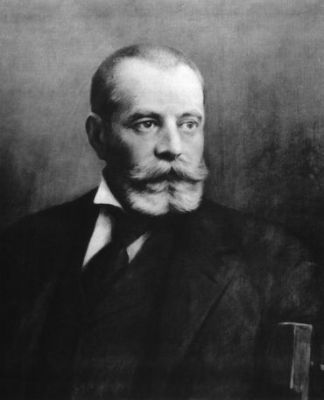When do you think the first podcast occurred? Did you guess in the 1890s? That’s not a typo. Telefonhírmondó was possibly the world’s first true “telephone newspaper.” People in Budapest could dial a phone number and listen to what we would think of now as radio content. Surprisingly, the service lasted until 1944, although after 1925, it was rebroadcasting a radio station’s programming.

The whole thing was the brainchild of Tivadar Puskás, an engineer who had worked with Thomas Edison. At first, the service had about 60 subscribers, but Puskás envisioned the service one day spanning the globe. Of course, he wasn’t wrong. There was a market for worldwide audio programs, but they were not going to travel over phone lines to the customer.
The Hungarian government kept tight control over newspapers in those days. However, as we see in modern times, new media often slips through the cracks. After two weeks of proving the concept out, Puskás asked for formal approval and for a 50-year exclusive franchise for the city of Budapest. They would eventually approve the former, but not the latter.
Unfortunately, a month into the new venture, Puskás died. His brother Albert took over and continued talks with the government. The phone company wanted a piece of the action, as did the government. Before anything was settled, Albert sold the company to István Popper. He finalized the deal, which included rules requiring signed copies of the news reports to be sent to the police three times a day. The affair must have been lucrative. The company would eventually construct its own telephone network independent of the normal phone system. By 1907, they boasted 15,000 subscribers, including notable politicians and businesses, including hotels. Continue reading “The World’s First Podcaster?”


















